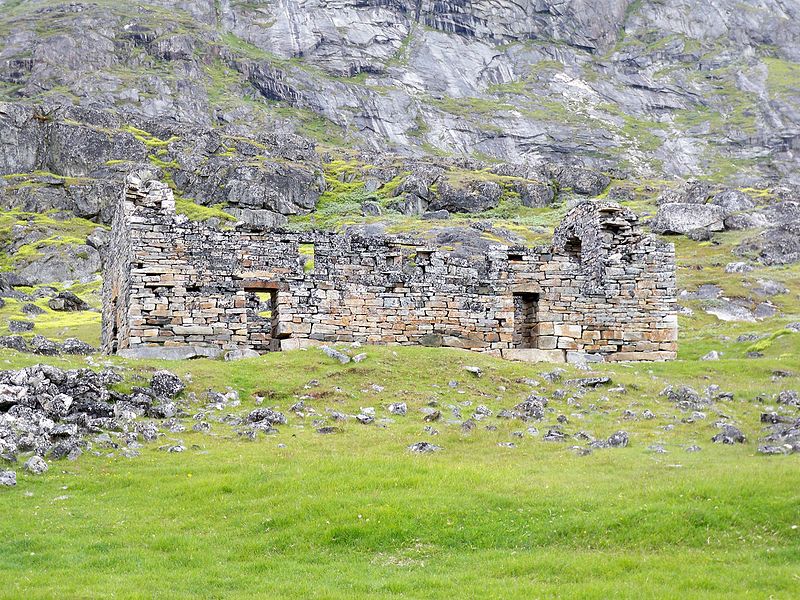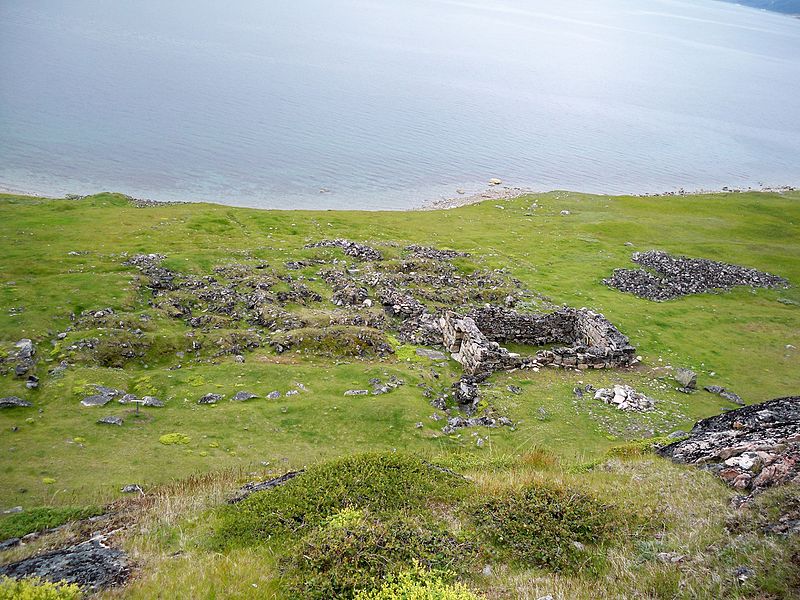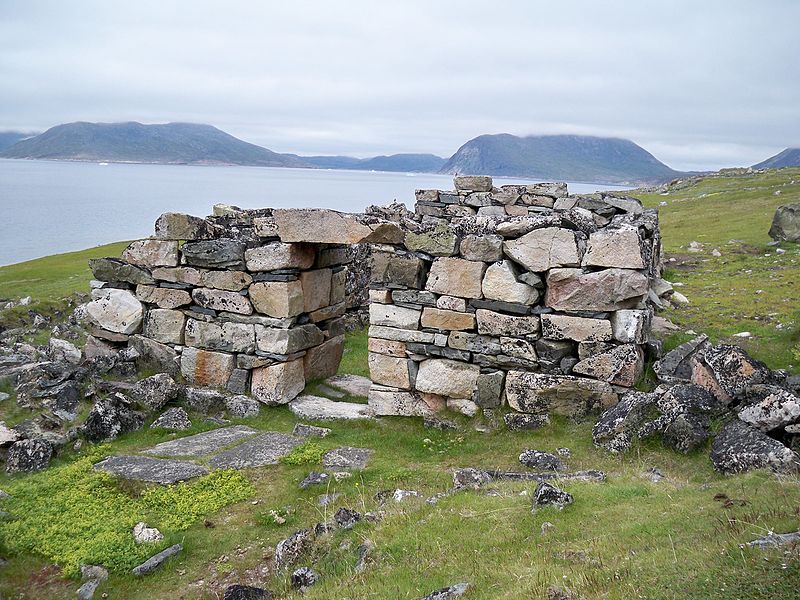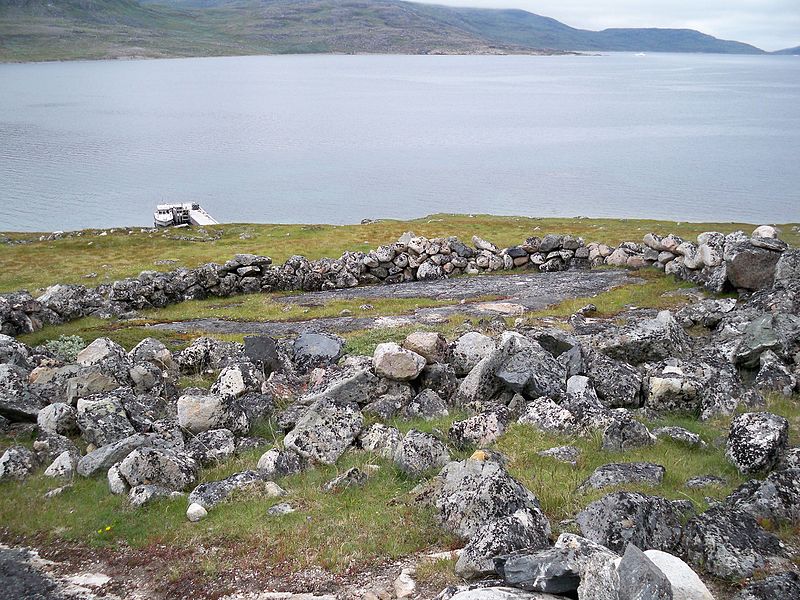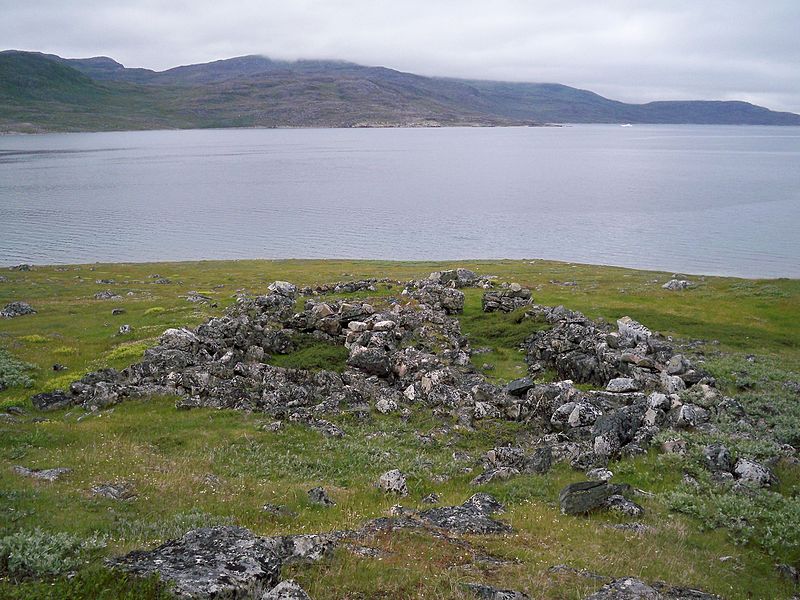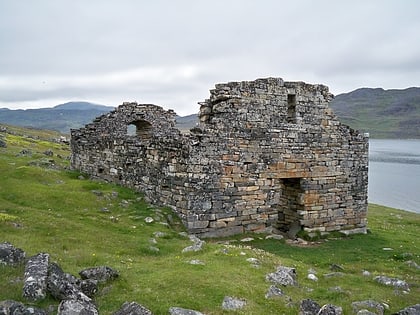Hvalsey Church
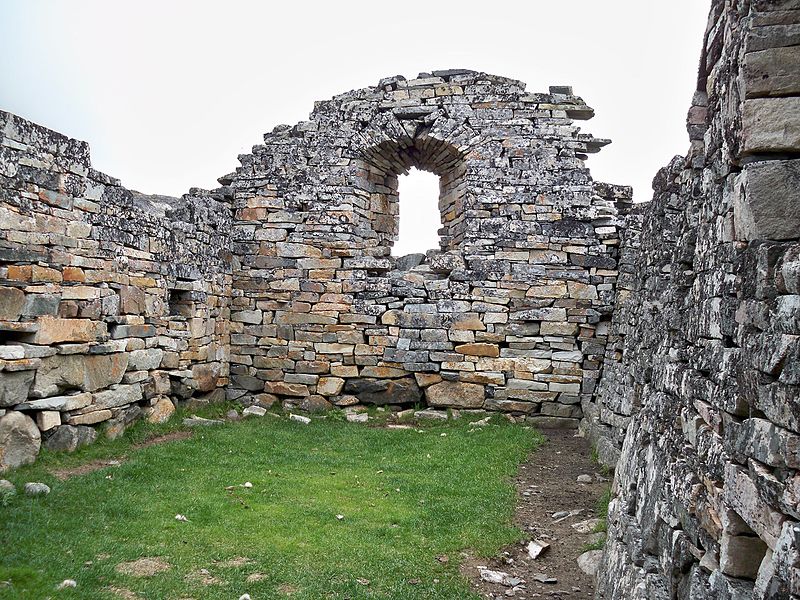
Facts and practical information
Nestled among Greenland's rugged landscapes, Hvalsey Church stands as a poignant reminder of the Norse colonization that took place in the region over a millennium ago. This stone-built church, part of the Hvalsey Fjord Church ruins, is one of the best-preserved examples of Norse architecture in Greenland.
Constructed in the early 14th century, Hvalsey Church was part of a larger estate that included a hall, barn, and other buildings. It is believed that the church was built by Norse settlers who arrived in Greenland in the late 10th century, descendants of the Vikings. The architecture of the church, with its thick stone walls and archaic structure, reflects the Norse style adapted to the harsh Greenlandic environment.
The church gained historical significance due to the last recorded event of the Greenland Norse community: a wedding held in September 1408. This event is well documented in the Icelandic annals and is often cited as the last written record of the Greenland Norse before their mysterious disappearance.
Today, Hvalsey Church is a major tourist attraction and an important archaeological site. Visitors can explore the ruins and imagine what life might have been like in this remote outpost of medieval Europe. Although the roof no longer exists, the main walls of the church still stand tall, offering a glimpse into the past and testifying to the skill of its builders.
Hvalsey Church – popular in the area (distance from the attraction)
Nearby attractions include: Hvalsey.


